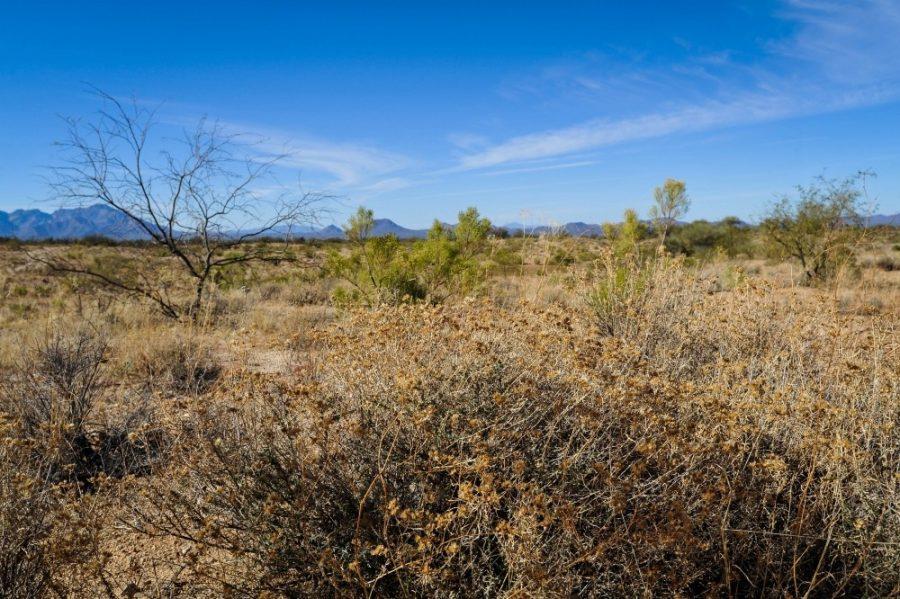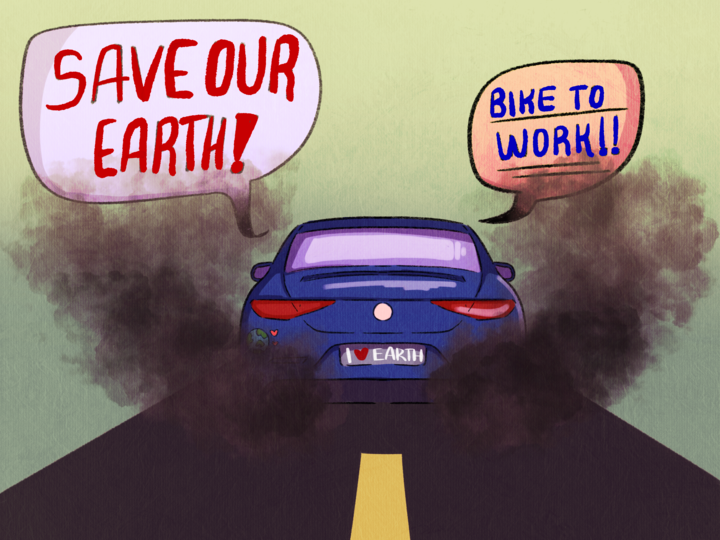About a year ago, part of the Santa Cruz River had flowing water for the first time in around 80 years. The effects of returning water to a system like the Santa Cruz can greatly benefit riparian wildlife, plants and communities near the water.
You may ask, how is it that in such an arid place like Tucson, especially with such volatile rainfall patterns, a 5,000 ft. stretch of river in the Santa Cruz can be refilled with flowing water? Well, it is actually the work of the city’s successful water recycling efforts using a surplus of reclaimed water.
With almost a million residents in the metro area, somewhat unsteady natural water resources and some of the same water resources being used to supply the growing cities north of Tucson, water is somehow in a surplus. Miraculously, it is in a surplus of both reclaimed water and drinking water. This is definitely something to be proud of for Tucsonans, and it is the admirable work of Tucson’s public and private water focused organizations making this possible.
Despite the hand that Tucson was dealt, there has been a lot of success in regards to water conservation. The intense climate, geographical location and growing city makes water a delicate resource that must always be heavily managed. According to Claire Zucker, the associate director at the University of Arizona Water Resources Research Center, Tucson knows what it’s doing.
“Tucson as a whole has a strong knowledge base and a very proactive approach to water conservation,” Zucker said.
Tucson Water’s 2018-19 Conservation Report presents something striking. With more than a 20% increase in population, “Tucsonans are now using the same total amount of water as in 1985.”
So, how does Tucson do it? Well, many strategies are in place. Water reclamation, xeriscape landscaping, city ordinances and rebate programs are some of the many ways that keep Tucson is in such good shape.
The success of Tucson’s water conservation since the 1980s could partially be aligned with the development of water reclamation. Fernando Molina, a public information officer and former manager of conservation programs for Tucson Water, describes the journey of water reclamation strategy since the mid-1980s.
“We are one of the first communities to really make the investments in a reclaimed water system,” Molina said. “It has really paid off for us because it represents about 10% of the total water use in most years here in our community.”
Most reclaimed water is used for irrigation. Worldwide, irrigation uses immense amounts of freshwater. In fact, the United States Geological Survey says that “about 70 percent of all the world’s freshwater withdrawals go towards irrigation uses.” In Tucson, however, the massive depletion of freshwater resources is avoidable with these successful reclamation strategies in place.
RELATED: Tucson restaurants feed the community through tough times
Another effective conservation effort pursued in Tucson is xeriscape landscaping — or implementing landscapes of drought-tolerant vegetation. The picturesque desert plants that you see covering front yards in neighborhoods all throughout Tucson actually play a role in the city’s top-notch water conservation.
A 2005 Journal of Environmental Management study found that, at the time, turf grass took up an “area three times larger than that of any irrigated crop.” Throughout American cities, the amount of water used to irrigate turf grass is almost frightening. However, in Tucson, with the efforts to pursue landscaping involving drought-tolerant plants, this pressure on water management is relieved tremendously.
These efforts to pursue drought-tolerant landscaping are reflected in Ordinance 7552, which calls for limitations on areas of “non-drought tolerant vegetation” such as turf grass. Other ordinances, such as Ordinance 10597, which calls for rainwater harvesting plans alongside commercial development, also play a small role in Tucson’s grand water conservation efforts.
Adding to the water conservation efforts in Tucson, Tucson Water offers rebate opportunities to incentivize water-efficient appliances. For example, replacing a low-efficiency toilet with one that uses less than 1.28 gallons of water per flush can result in a rebate of $75. Additionally, there is an option for low-income households in Tucson in which low-efficiency toilets can be replaced for free.
The conservation efforts in Tucson by state, city and private institutions have shown major success in protecting water supply and natural water systems. Every city is different, but Tucson’s top-notch water conservation can be used as a model to other cities that may struggle with distributing enough water during times of growth.
Follow the Daily Wildcat on Twitter









